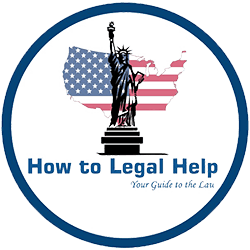N.d. R. Civ. P. 14
Joint Procedure Committee Minutes of April 29-30, 2010, pages 10-11; January 24, 2008, pages 19-20; April 20, 1989, page 2; December 3, 1987, page 11; September 20-21, 1979, page 10; Fed.R.Civ.P. 14.
Rules 4 (Persons Subject to Jurisdiction-Process-Service), 5 (Service and Filing of Pleadings and Other Papers), 8 (General Rules of Pleading), 12 (Defenses and Objections-When and How Presented-By Pleading or Motion-Motion for Judgment on Pleadings), and 13 (Counterclaim and Cross-Claim), N.D.R.Civ.P.
